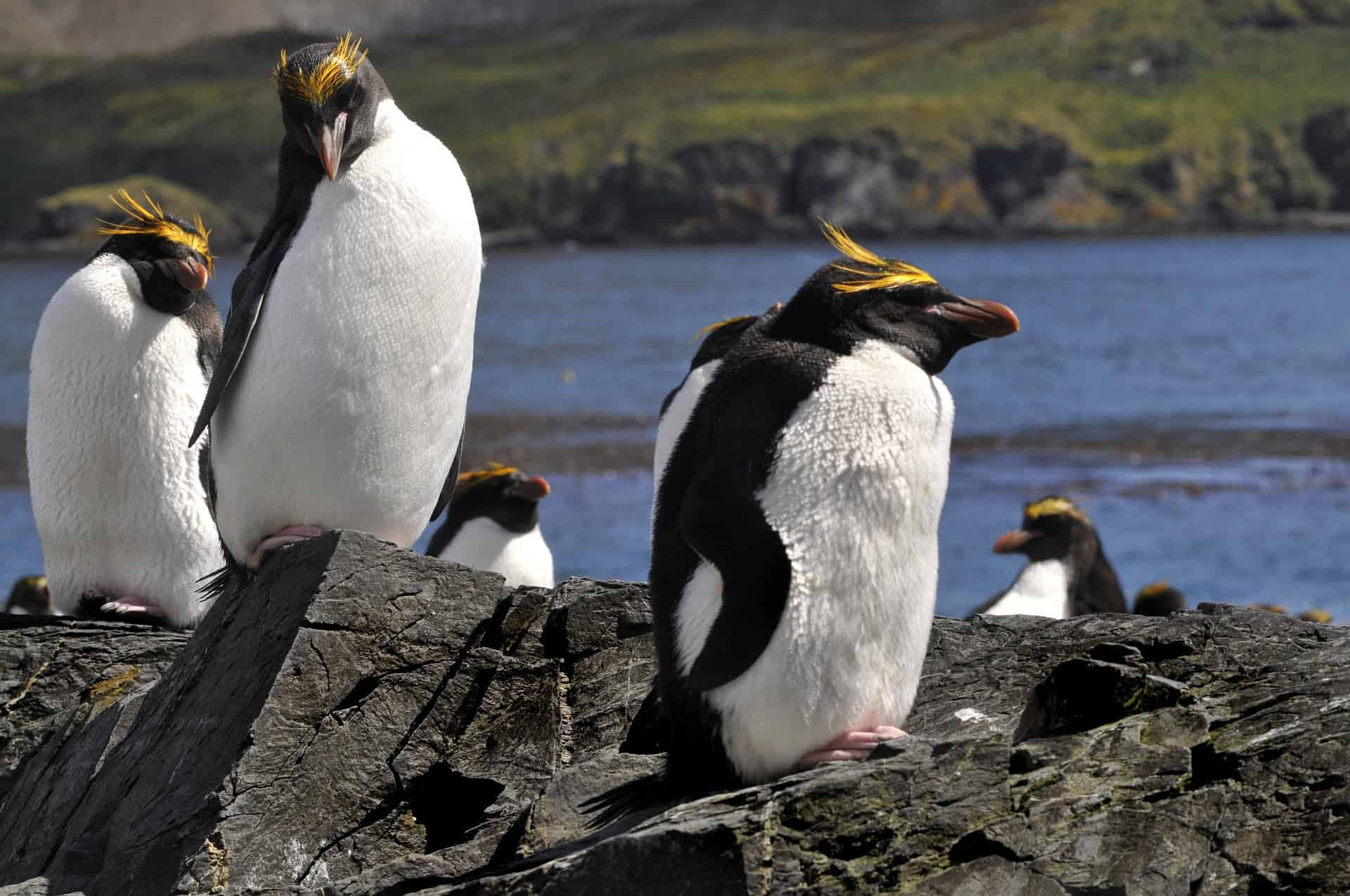

California Sea Lion (Zalophus californicus).

There are seven species of sea lions in the world, one of which has gone extinct: These seals have characteristically thick fur, a big chest and belly, long fore flippers, external ears, and the ability to walk on all four limbs. Like the Fur Seals, the Sea Lions are another subfamily of seals belonging to the same family (Otariidae). The New Zealand Fur Seals are an example of one such species.

The Fur Seals are a subfamily of seals recognized by the thick underfur, externally present ears (pinnae), whiskers around their mouth (vibrissae), and long, muscular limbs. But since it is a more time-taking process, they generally prefer to hunt smaller and weaker animals, such as penguins, walruses, seals, sea lions, and otters. Although these whales have a diverse diet, each whale (or group of whales) picks a prey they feed exclusively on it could be seals, fish, or other dolphin species.Īt times, the Orcas have also been found attacking other, larger cetaceans. Orcas have an easily recognizable body with black upperparts, white underparts, and two white patches, each near an eye. Being the largest family members, these whales are apex predators, with no natural predators of their own. Other than penguins, they’re also known to feed on other seal species, such as Crabeater Seals and Weddell Seals, occasionally.Īlso referred to as “Killer Whales,” the Orcas are a species of toothed whales that belong to the oceanic dolphin family. Chainstrap Penguins (Pygoscelis antarcticus).King Penguins (Aptenodytes patagonicus).Emperor Penguins (Aptenodytes forsteri).Penguins are their primary prey they actively hunt and feed on 6 different penguin species that are listed below:

While the young leopard seals mostly feed on squid, krill, and fish, the adults have a quite diverse diet. It is these jaws that make enable them to become one of the alpha predators in their environment. The most remarkable feature of their body is their skull, which is very much like that of the reptiles, having an elongated shape and massive jaws. These seals are perhaps named after the leopards due to their distinctively long body, which is quite muscular compared to the other seals. With only the Orcas as their natural predators in the marine world, they are the second-largest seal species in Antarctica, smaller than the Southern Elephant Seal (Mirounga leonina). Peregrine Falcons (Falco peregrinus) Leopard Seals (Hydrurga leptonyx)Ĭommonly known as “Sea Leopard,” the Leopard Seals are a seal species found in Antarctica closely related to the Ross Seals (Ommatophoca rossii).


 0 kommentar(er)
0 kommentar(er)
